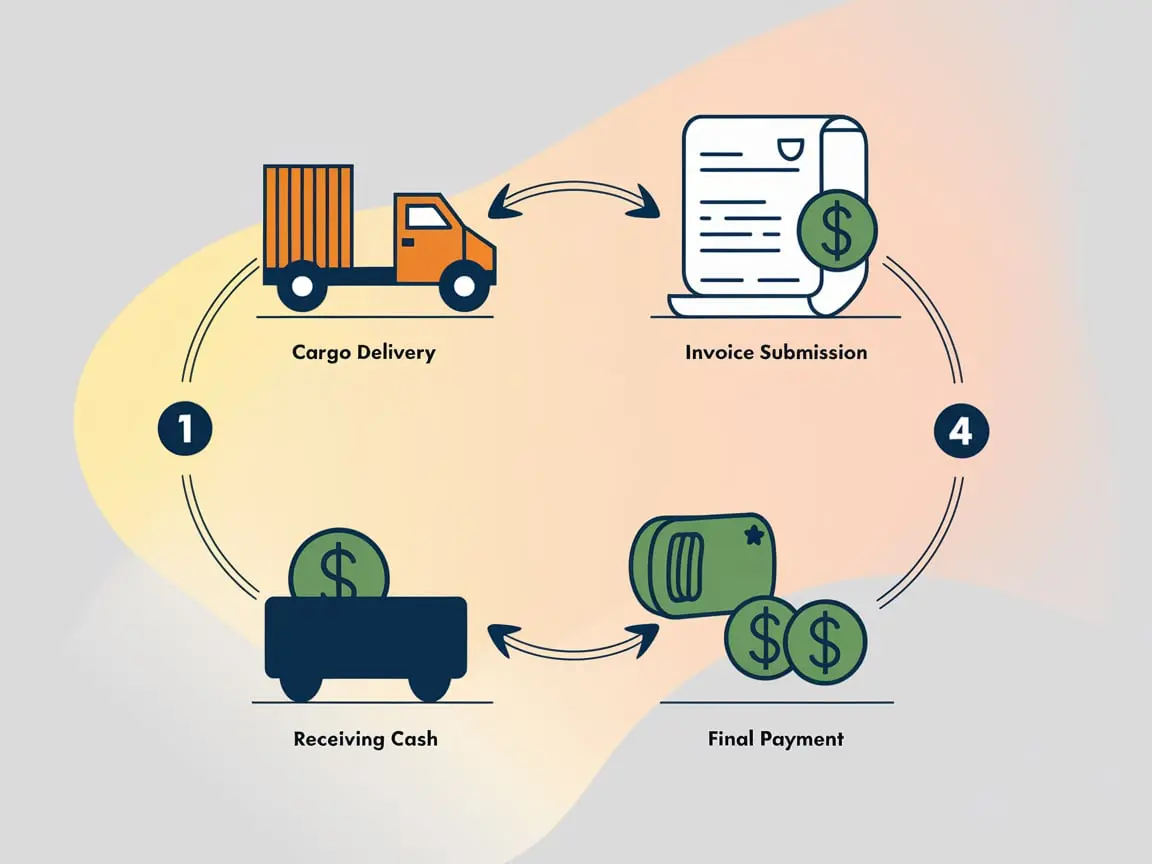Freight rates play a crucial role in international trade and logistics, influencing the overall cost of shipping goods across borders. Understanding how freight rates are determined can help businesses optimize their shipping strategies and control expenses. Whether you’re working with a freight forwarding company in Dubai or shipping from Dubai to Saudi Arabia, Oman, Bahrain, Kuwait, or Qatar, multiple factors come into play when calculating freight costs.

1. Distance and Destination
One of the primary factors affecting freight rates is the distance between the point of origin and the destination. The farther the cargo needs to travel, the higher the cost. Additionally, shipping to remote locations or areas with limited access may result in increased charges due to additional handling and logistics requirements.
2. Mode of Transport
Freight costs vary depending on the mode of transport used. The four main modes include:
- Air Freight – Fast but expensive, best for high-value or time-sensitive goods.
- Sea Freight – Cost-effective for large shipments but slower than air freight.
- Road Freight – Ideal for regional shipping, such as Dubai to Kuwait cargo transport.
- Rail Freight – Suitable for large bulk shipments but limited by railway networks.
3. Type and Weight of Cargo
The nature of the goods being shipped significantly impacts freight rates. Heavy, oversized, or fragile items often require special handling, leading to higher costs. Freight carriers also use different pricing structures based on weight (kg/ton) and volume (cubic meters), with bulk shipments sometimes benefiting from reduced rates.
4. Fuel Prices and Surcharges
Fuel prices directly influence freight costs. Since transportation heavily depends on fuel, fluctuations in oil prices can impact shipping expenses. Freight forwarding companies in Dubai and worldwide adjust their rates based on fuel surcharges to accommodate market changes.
5. Customs Duties and Regulations
Each country has specific customs regulations and import/export duties that affect freight costs. For instance, when shipping from Dubai to Saudi Arabia, Oman, Bahrain, Kuwait, or Qatar, businesses must consider applicable taxes, tariffs, and documentation fees.
6. Freight Seasonality and Demand
Freight rates fluctuate based on seasonal demand. Peak shipping seasons, such as holidays or major shopping events, drive up freight costs due to increased demand for cargo space. Off-peak times may offer lower rates, providing an opportunity for cost savings.
7. Container Type and Load Capacity
For sea freight, shipping costs depend on whether the cargo is transported as Full Container Load (FCL) or Less than Container Load (LCL). FCL shipments are more cost-effective for large quantities, while LCL shipments are suitable for smaller loads but may involve higher costs per unit.
8. Additional Services and Handling Charges
Value-added services like warehousing, insurance, special handling, or door-to-door delivery affect the total freight rate. Businesses should factor in these extra charges when budgeting for shipping from Dubai to Saudi Arabia or neighbouring Gulf countries.
Conclusion
Freight rates are influenced by a combination of distance, transport mode, cargo type, fuel prices, regulations, and demand fluctuations. By understanding these key factors, businesses can better manage their shipping costs and choose the best freight forwarding company in Dubai to ensure efficient logistics operations.
Whether you’re shipping from Dubai to Oman, Bahrain, Kuwait, or Qatar, working with a reliable logistics partner ensures smooth transportation and cost-effective solutions. Keeping track of market trends and optimizing shipment strategies can help businesses save money while maintaining efficient supply chains.






